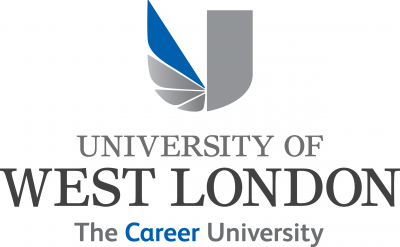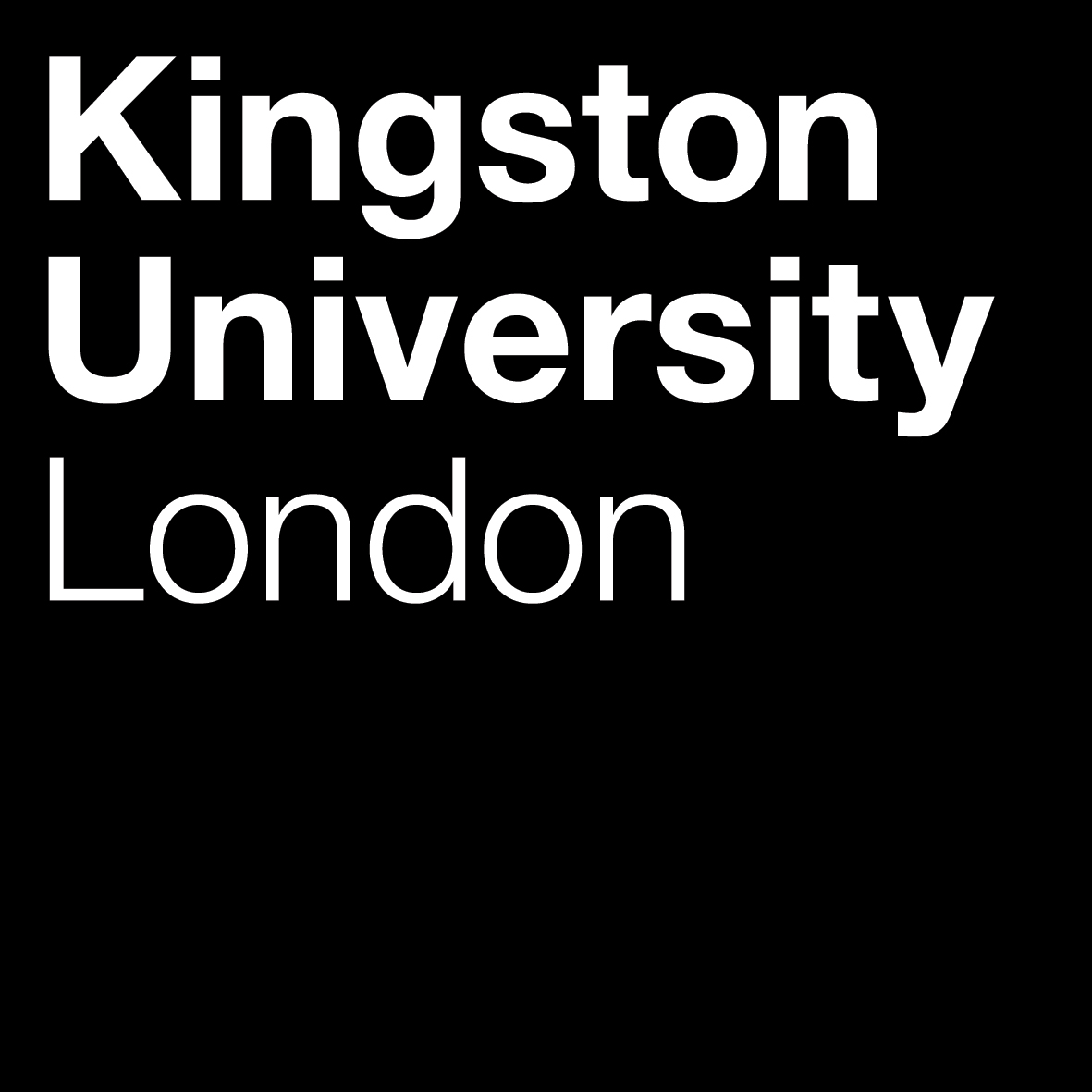1st February, 2023
Transitioning Beyond Academia
Dr Gemma Outen
7th July, 2020
Dr Mark Gray
Where on earth do we go from here?
I have always been suspicious of the notion of zeitgeist, but will there be a ‘post-pandemic’ one and what will it mean for the arts?
Coming out of epidemics and pandemics is problematic for one very obvious reason. Until herd immunity through vaccination or exposure, or virus mutation to a much lower level of infectiousness (with strategies for containment and suppression requiring patience and focus) there won’t be much time to consider the ‘post-covid world’. Moreover we won’t know when we will be ‘through this’. Epidemics come in waves, and the periodicity of those waves may be measured not in weeks or months but in years. In short, we won’t know when we’ll be through it until we are all through it. Think about the post-pandemic future, though, we simply must. The pandemic has raised – and continues to raise – so many questions about how we organise our world and how we live our lives.
For one thing there is the matter of the salience of health itself. We construct our sense of what matters not based on some fixed hierarchical Maslowian set of ‘needs’ through which we move with life experience but, perhaps, by excited response to what seems to matter now slightly more than what will matter for our future happiness. Ipsos Mori report that, on February 7-9 some 9% of Britons polled thought that coronavirus was a threat to them personally. By April 23-26 that figure had nearly quadrupled to 35%. Personal health is, perhaps predictably, more to the front of our minds than before the coronavirus hit. A concern for personal health in lockdown has driven an increase in online fitness classes, sales of vitamin supplements and outdoor exercise. So what will this mean for our mental lives? Possibly that the presence of such a public reminder of our mortality will drive more thinking about our physical lives and how they shape our mental ones. That in turn may mean that the balance of consumption in the arts may shift from the conspicuous and hedonistic to the life affirming, comforting and participatory.
The pandemic has also engendered a sense of social connectedness as only an infectious disease in transmission can. This is not so much ‘fellow feeling’ or a sense of community solidarity (debateable in any case since race hate and discrimination, for instance, do not seem to show signs of abating during lockdown) as it seems to be a sense of shared exposure and risk. A sense, in fact, of our common frailty. When the dreaded R rises that means something very direct for how we live, socialise, behave. It means that we are more likely to share the virus through exposure, and that in turn means the growth of worry. The social dimension of this disease may have engendered a feeling for how risky ‘social being’ can be for us. Of course this sense may die with the virus, but what if it doesn’t? If it fuels suspicion of neighbours, of the social, of ‘the other’, it will be vital that the arts addresses the logical flaw in that construct – that all human living is frailty and it is the frailty we have in common. Send not to ask for whom the bell tolls, indeed.
The virus has also had disproportionately adverse effects – on BAME communities, on men, on the elderly, on those with (horrid phrase) ‘underlying health conditions’. These are evidenced differences in effects that ought to force us to ask deeper questions. Why are BAME healthcare workers at so much greater risk of death from this disease than their majority counterparts, for instance? Now is the time to answer those questions – now while the knowledge can make a difference in lives saved. Of course the answers will matter after the pandemic, too, but perhaps just as importantly we’ll keep in our minds how those differences made us feel during the covid19 emergency. Will we have a new sense of regard for age? Will we care more about inequality itself more? Will differential risk provoke more kindness or more ‘othering’? The arts have a role to play here in shaping public consciousness. Does age mean weakness or wisdom, does it suggest that honour is due or frailty should earn protection? The themes in this space – inequality, duty, honour, care, identity – are among the biggest themes in western art. Perhaps we’ll see a return to them as never before.
Finally the zeitgeist may coalesce around the use of the motif of infection itself to explore the human condition. Camus’ La Peste (1947) is perhaps only the best known in a long history of cultural responses to the life around us using ‘infection’ in this way. While, though, for Camus plague was an heuristic device to explore contemporary political fears infection might, this time, become a common window into human nature and human lives in a less cynically metaphorical way. Will we generate an art about how infection shaped us, how illness made us different, how death and loss through the capriciousness malevolence of an arbitrary virus challenged our sense of who we are? Direct experience of this pandemic may become for us what plague was for the late middle ages and early modern period – the starting point for self-reflection and art making. Lots of artists have started producing responses to covid19; will any move beyond it to explore how they themselves are now changed in its wake?
Big themes, seismic changes. When Burkhardt in the Civilisation of the Renaissance in Italy (1878) came to characterise the ‘spirit of the age’ in a well-known passage he thought the Renaissance saw ‘a new spiritual influence which, spreading itself abroad from Italy, became the breath of life for all the more instructed minds in Europe. The worst that can be said of the movement is, that it was anti-popular, that through it Europe became for the first time sharply divided into the cultivated and uncultivated classes.’ What will a later Burkhardt say about the post-pandemic zeitgeist? Will it be generous and humane or brooding, selfish and introspective? New themes – or perhaps immortal ones rekindled – will be in front of us, and it is for artists to interpret them for us. This is your moment.
You've been waiting for it and our May newsletter is here! -> bit.ly/3M9ICG6 pic.twitter.com/Iug9eWimQQ





